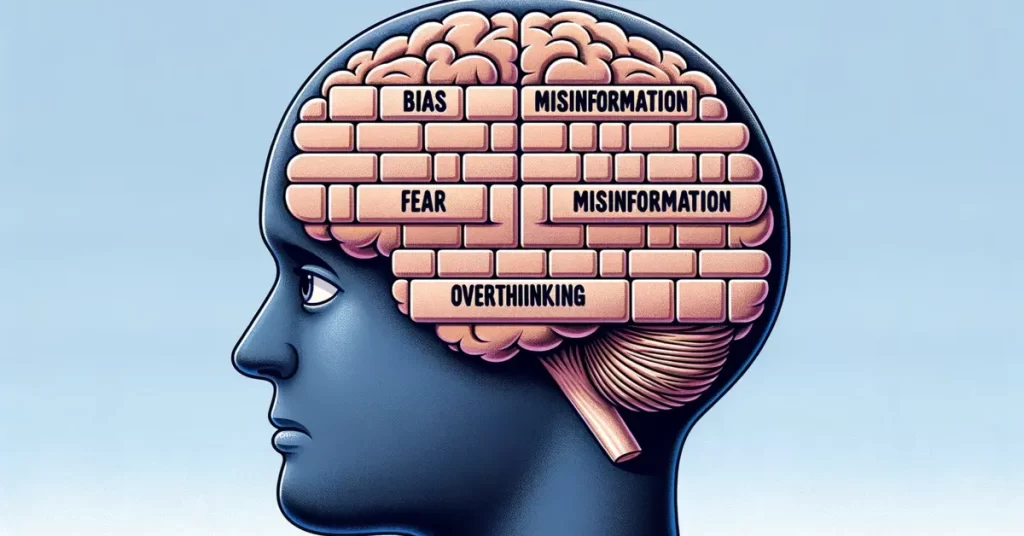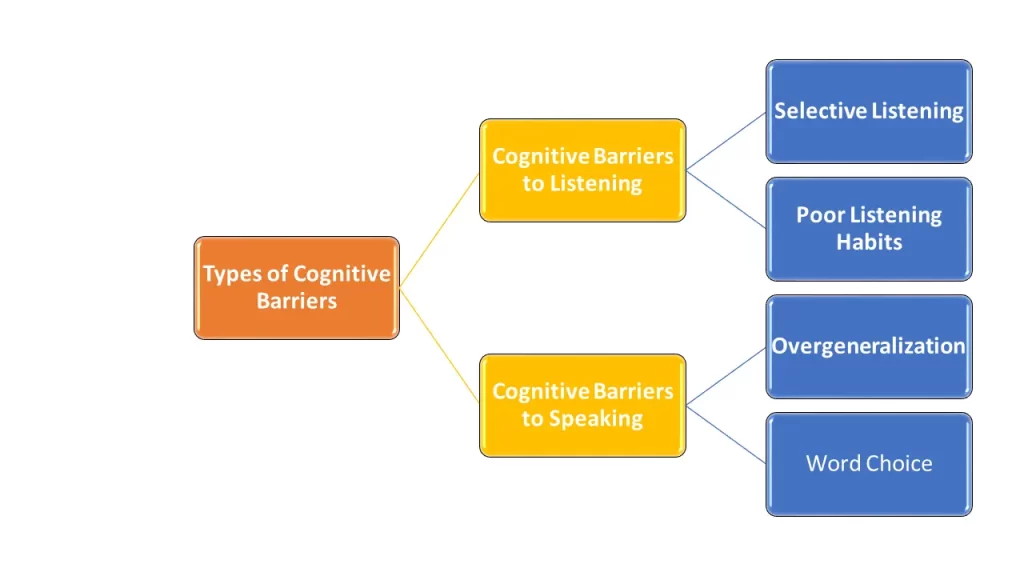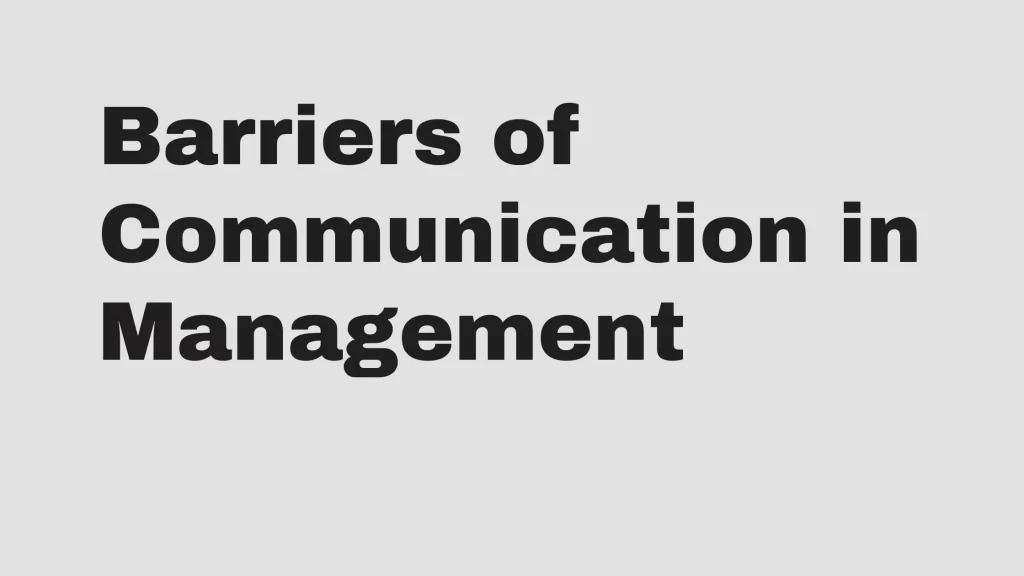Cognitive Barriers to communication refer to the challenges that people face in communicating effectively due to cognitive impairments. Cognitive communication refers to the ability of an individual to receive, process, and interpret information, as well as express their thoughts and ideas through various forms of communication. When the cognitive function is compromised, communication can be difficult and frustrating for both the speaker and the listener.
Brain injury is a common cause of cognitive barriers to communication. Whether caused by a traumatic brain injury or a stroke, damage to specific areas of the brain can result in difficulties with language processing, memory retention, attention span, and other cognitive functions. This can lead to problems with social communication and impact an individual’s ability to interact effectively with others.

It is important for individuals who experience cognitive barriers to seek out appropriate treatment to improve their social communication skills.
Quick Answer: Cognitive barriers to communication arise when individuals struggle with interpretation, concentration, or processing information, leading to misunderstandings. These barriers can result from cognitive biases, information overload, or differing perspectives and can inhibit effective communication.
Contents
Cognitive Barriers Definition
Cognitive barriers refer to mental obstacles and biases that prevent clear thinking, hinder understanding, and impede effective communication. They can arise from individual perceptions, beliefs, and past experiences.
Importance of understanding cognitive barriers to communication
Understanding cognitive barriers to communication is crucial to effectively connect and convey ideas with others. These barriers can arise from a variety of factors, such as differing educational levels, language barriers, or even mental health conditions. By recognizing these obstacles, individuals can take intentional steps toward minimizing misunderstandings and maximizing the efficiency of their communication.
One important aspect to consider is the influence of cultural differences on cognitive barriers. Different cultures may have distinct ways of thinking and processing information, which can lead to misinterpreting messages if not understood correctly. For instance, direct communication might be appreciated in one culture but considered rude in another. Therefore, understanding these cultural nuances allows for more effective cross-cultural communication and avoids unnecessary conflicts or misunderstandings.
Another significant cognitive barrier lies in the realm of mental health conditions that affect communication abilities. Conditions such as autism spectrum disorder or attention deficit hyperactivity disorder (ADHD) can impact an individual’s ability to process information or understand social cues adequately. Recognizing these cognitive differences promotes empathy and patience while communicating with individuals affected by such conditions, enabling a more inclusive and understanding environment for all parties involved.

Understanding cognitive barriers to communication goes beyond mere recognition; it opens doors for enhanced interpersonal connections and cooperation. By considering cultural differences and being mindful of different cognitive conditions that may affect an individual’s ability to communicate effectively, we pave the way for a society where everyone feels heard and valued.
Different Types of Cognitive Barriers
Cognitive barriers to communication can manifest in different ways, such as in listening, speaking, and nonverbal communication. It is important to be aware of the different types of cognitive barriers so that they can be addressed and managed effectively.

Cognitive Barriers to Listening
Selective Listening
Selective listening is a cognitive barrier to communication in which a person only hears what they want to hear. It can lead to miscommunication, as the listener may interpret the message differently than what was intended.
Poor Listening Habits
Poor listening habits can also lead to cognitive barriers in communication. Examples of poor listening habits include interrupting the speaker, not paying attention, or forming conclusions before the speaker has finished talking.
Cognitive Barriers to Speaking
Overgeneralization
Overgeneralization is a cognitive barrier to communication in which a person makes assumptions about a situation without considering all the facts. This can lead to miscommunication, as the assumptions may not accurately reflect the reality of the situation.
Word Choice
Word choice is also a cognitive barrier to communication. When speaking to someone, it is important to choose words that accurately convey the intended meaning. Using the wrong words can lead to miscommunication and confusion.

Cognitive Barriers to Communication Examples
here are some examples of cognitive barriers to communication:
- Lack of Clarity: If the message’s sender needs to be clearer about what they’re communicating, it can confuse the receiver.
- Distractions: If the person is preoccupied with other thoughts or issues, it might be hard to understand or pay attention to the communicated information fully.
- Selective Perception: People often hear what they want to hear, interpreting and filtering information through their own biases and preconceived notions.
- Memory Problems: People might need to remember important details of the information communicated, leading to miscommunication.
- Complex Language Use: If the sender uses complex or jargon-filled language that the receiver needs help understanding, the message may not be understood as intended.
- Information Overload: When a person is given too much information at once, they might need help to process all of it, which could lead to misunderstandings or incomplete communication.
- Assumptions and Stereotypes: These can lead to misunderstanding and misinterpretation. We might not fully understand their perspectives or intentions if we make assumptions or stereotype others.
- Mental Health Issues: Conditions like depression, anxiety, and ADHD can affect a person’s ability to communicate and comprehend information effectively.
- Lack of Focus or Concentration: If the receiver is focused on the message, they may get all the important details, leading to effective communication.
- Emotional Barriers: Emotions can cloud judgment and hinder effective communication. For instance, if a person is emotionally upset, they might be unable to process the information normally.
- Cognitive Disabilities: Individuals with cognitive disabilities may struggle to understand, process, and express information.
- Cultural Differences can lead to misunderstandings, as people from different cultures might interpret the same information differently.
Cognitive Barriers to Nonverbal Communication
Body Language
Body language is a form of nonverbal communication that can be a cognitive barrier if it is misinterpreted. For example, crossed arms may be interpreted as a sign of anger when in reality, the person may be feeling uncomfortable or cold.
Tone of Voice
The tone of voice is another form of nonverbal communication that can lead to cognitive barriers in communication. A person’s tone can convey more than the words they are saying, which can be misinterpreted and lead to miscommunication.
How cognitive barriers affect communication
Cognitive barriers to communication can have significant impacts on the effectiveness of communication. These barriers can lead to misunderstandings, misinterpretations, and communication breakdowns. Moreover, cognitive barriers can also affect the quality of relationships between individuals, both personally and professionally.
How to Overcome Cognitive Barriers in Communication
Effective communication requires that we overcome cognitive barriers. Here are some strategies to help overcome cognitive barriers to communication:
Active listening
Active listening involves focusing on the speaker’s message and fully understanding it before responding. This strategy involves giving the speaker our full attention and avoiding interruptions. Active listening can help overcome perceptual barriers by allowing us to understand the speaker’s perspective fully.
Building trust
Building trust involves establishing a relationship based on mutual respect, honesty, and openness. Trust can help overcome emotional barriers by creating a safe space for individuals to express themselves without fear of judgment.
Simplifying language
Simplifying language involves using clear and concise language that can be easily understood by the audience. This strategy can help overcome language barriers by ensuring that the message is conveyed accurately and effectively.
Being aware of emotions
Being aware of emotions involves recognizing and managing our emotions to prevent them from interfering with communication. This strategy can help overcome emotional barriers by allowing us to communicate effectively, even when we are experiencing strong emotions.
Encouraging open communication
Encouraging open communication involves creating an environment where individuals feel comfortable expressing themselves freely. This strategy can help overcome attitudinal barriers by encouraging individuals to listen to each other’s views without judgment.
Conclusion
Effective communication is essential for building strong relationships, both personally and professionally. However, cognitive barriers can hinder our ability to communicate effectively, leading to misunderstandings and communication breakdowns. By understanding and overcoming these barriers, we can improve our communication skills and build stronger relationships.
FAQs
How can we overcome language barriers in communication?
We can overcome language barriers by simplifying language, using visual aids, and using translation services when necessary.
How can we overcome emotional barriers in communication?
We can overcome emotional barriers by being aware of our emotions, managing them effectively, and creating a safe space for communication.
What is active listening, and how does it help overcome cognitive barriers to communication?
Active listening involves fully understanding the speaker’s message before responding. It helps overcome cognitive barriers by allowing us to understand the speaker’s perspective fully.
How can we encourage open communication in a group setting?
We can encourage open communication in a group setting by creating a safe space for communication, listening actively, and avoiding judgment or criticism.
Boko Ducky has over 10 years of experience in helping individuals and organizations improve their communication skills.



